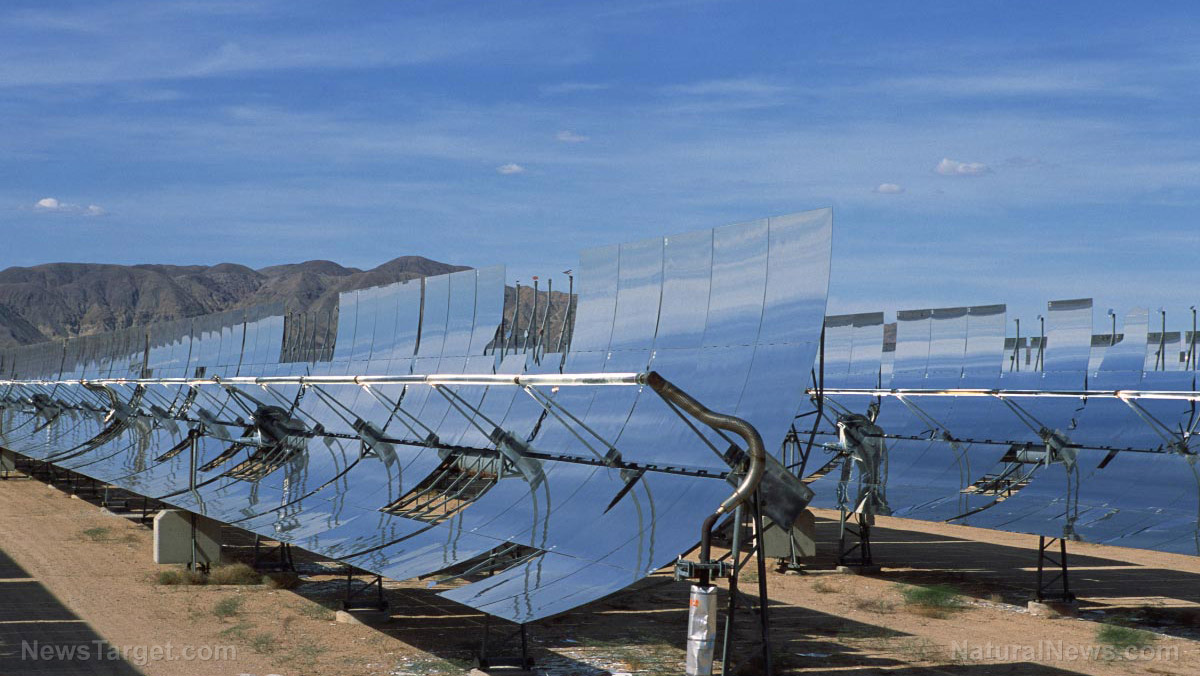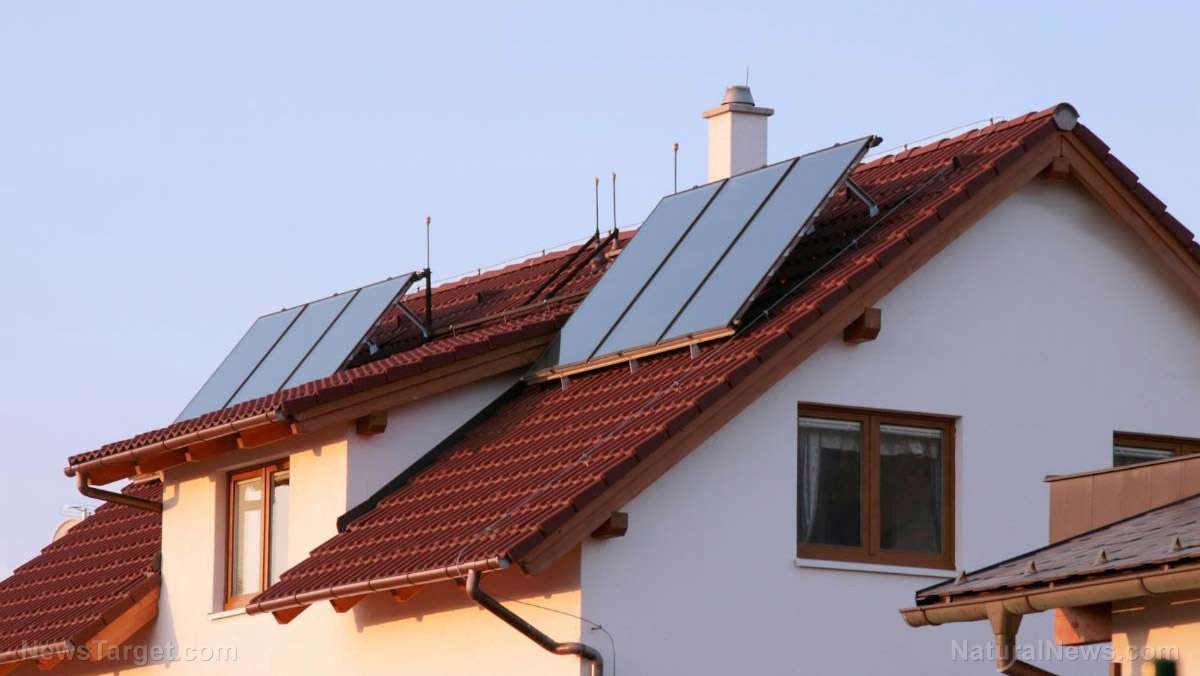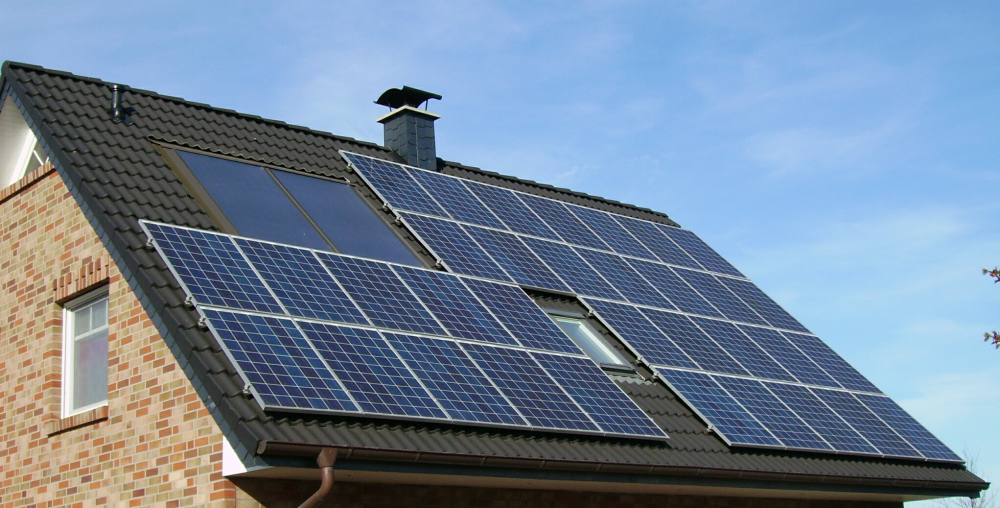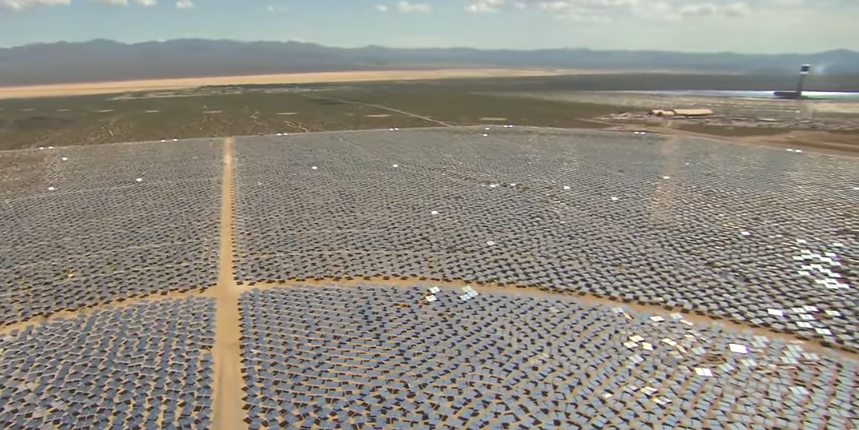State department says Chinese solar panels are products of genocide, forced labor
04/29/2021 / By Virgilio Marin

The Department of State claims that solar panel makers in the Chinese region of Xinjiang employ victims of genocide and forced labor. Last January, then-Secretary of State Mike Pompeo called the Chinese Communist Party’s (CCP) repression of the Uyghurs, a Muslim minority group native to Xinjiang, “genocide.”
He noted that a million Uyghurs had been forced into concentration camps or forced to work in factories, including ones that make solar panels – one of the biggest industries in the region. Bloomberg also reported that companies such as Xinte Energy, East Hope Group and GCL-Poly Energy had been linked to a state-run employment program that “at times amount to forced labor.”
The Embassy of China in Washington denied the claims and insisted that all workers in Xinjiang freely entered into contracts without coercion. However, incumbent U.S. Secretary of State Antony Blinken reiterated the genocide label in a statement a few weeks ago, describing the Chinese government’s treatment of Uyghurs as “an effort to commit genocide.”
Francine Sullivan, an executive at REC Silicon, a Norwegian manufacturer of solar panel materials, also noted that Xinjiang was known for low safety and environmental standards, which might have kept prices competitive. As Sullivan told The New York Times, forced labor might “be just part of the incentive package.”
For years, renewable energy advocates had been arguing that radical cost declines would come from improved efficiency. But the efficiency of even the best performing models only rose by two to three percentage points over the last decade. Therefore, pundits said that efficiency increases alone could not possibly be responsible for the two-thirds decline in solar panel costs over the same period. (Related: China running a chemically-induced depopulation agenda against Muslims, whites.)
While many solar companies pledged to promptly relocate to somewhere else in China, relocating would not solve the problem. For one, the Chinese government had been transferring Uyghurs and other minorities to outside of Xinjiang. Additionally, companies reshuffling their supply chains merely funneled solar products made in other parts of China to American buyers. Xinjiang-made products, on the other hand, were directed to China and other markets.
GOP, labor leaders move to ban Chinese solar panels
This came after Senate Republicans introduced a bill last March that would ban all China-made solar panels. The senators said that the sweeping ban ensured that the U.S. would not support Chinese companies that benefited from forced labor.
“As the demand for clean energy initiatives is growing, the federal government cannot support entities that benefit from these atrocities, especially while many have lost their jobs domestically as a result of these new energy initiatives,” said West Virginia Senator Shelley Moore Capito.
Richard Trumka, president of the American Federation of Labor and Congress of Industrial Organizations, which is the largest American labor federation, also urged President Joe Biden and Congress to ban imports of Xinjiang solar products over the forced labor issue.
“The Biden administration and Congress must act to block imports of solar products that contain polysilicon [solar panel’s core material] made with forced labor,” Trumka wrote March 12 to Blinken and White House national security adviser Jake Sullivan.
The U.S., Canada and the European Union previously banned imports of cotton and tomatoes from some Xinjiang companies. Bloomberg reported that the material needed for solar panels could be next. However, Biden’s pledge to work with China on climate-related issues should dim that prospect.
Last week, Biden welcomed Chinese President Xi Jinping and other world leaders for a virtual White House climate summit. Earlier, he sent John Kerry, the Special Presidential Envoy for Climate, to China to talk about limiting global warming.
Biden’s climate agenda and the fact that China dominates the global supply chain for solar power were also massive barriers to banning Chinese solar panels. During the summit, Biden announced that the U.S. would target reducing its emissions by 50 to 52 percent by 2030 compared to 2005 levels.
On top of this, Democrats’ climate infrastructure bill also proposed a national Clean Energy Standard, which would require electricity providers to generate 80 percent of their power from zero-emissions sources by 2030 and 100 percent by 2035. (Related: Democrats’ climate agenda will mimic their COVID tyranny.)
The bill, along with Biden’s proposed budget, would heavily subsidize solar and wind. But as a country that almost entirely relies on China for cheap solar panels, America might have to turn to the CCP to achieve those emissions goals.
“It’s put the Democrats in a hard position,” Sullivan said. “Do you want to stand up to human rights in China, or do you want cheap solar panels?”
Learn more about how Democrats’ climate agenda is destroying America at ClimateAlarmism.news.
Sources include:
Tagged Under: CCP, China, Chinese Communist Party, climate agenda, communism, concentration camps, corporations, democrats, ethics, ethnic cleansing, ethnic minorities, evil, forced labor, genocide, global warming, GOP, green energy, green tyranny, human rights, human rights abuses, human rights violations, lies, Muslims, politics, propaganda, renewable energy, Republicans, slavery, slaves, solar energy, solar panels, solar power, twisted, tyranny, uyghurs, Xi Jinping
RECENT NEWS & ARTICLES
COPYRIGHT © 2017 SOLARPANELS.NEWS
All content posted on this site is protected under Free Speech. SolarPanels.news is not responsible for content written by contributing authors. The information on this site is provided for educational and entertainment purposes only. It is not intended as a substitute for professional advice of any kind. SolarPanels.news assumes no responsibility for the use or misuse of this material. All trademarks, registered trademarks and service marks mentioned on this site are the property of their respective owners.





















